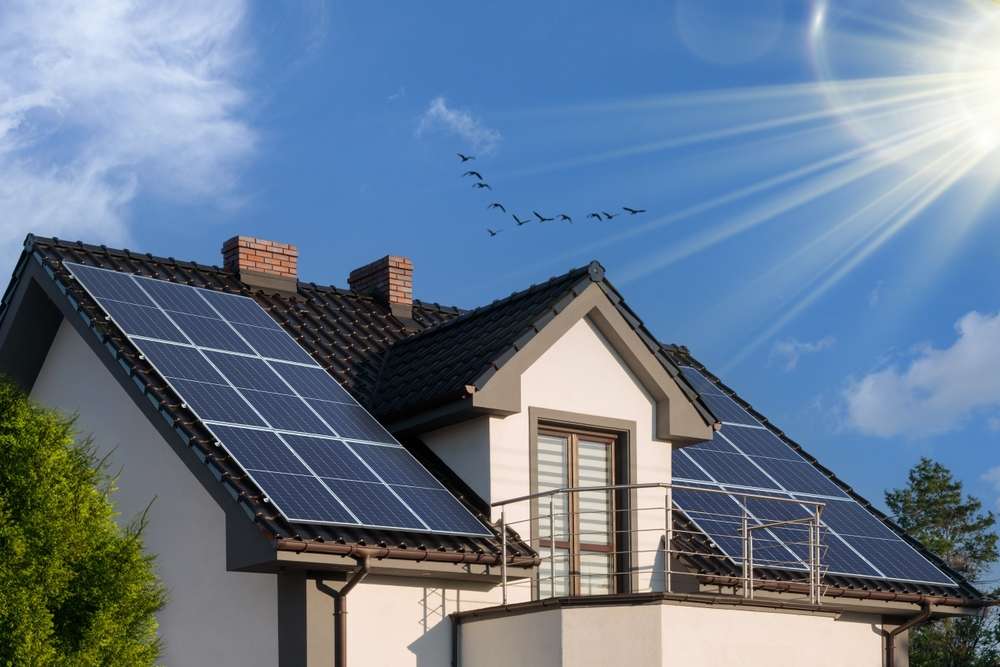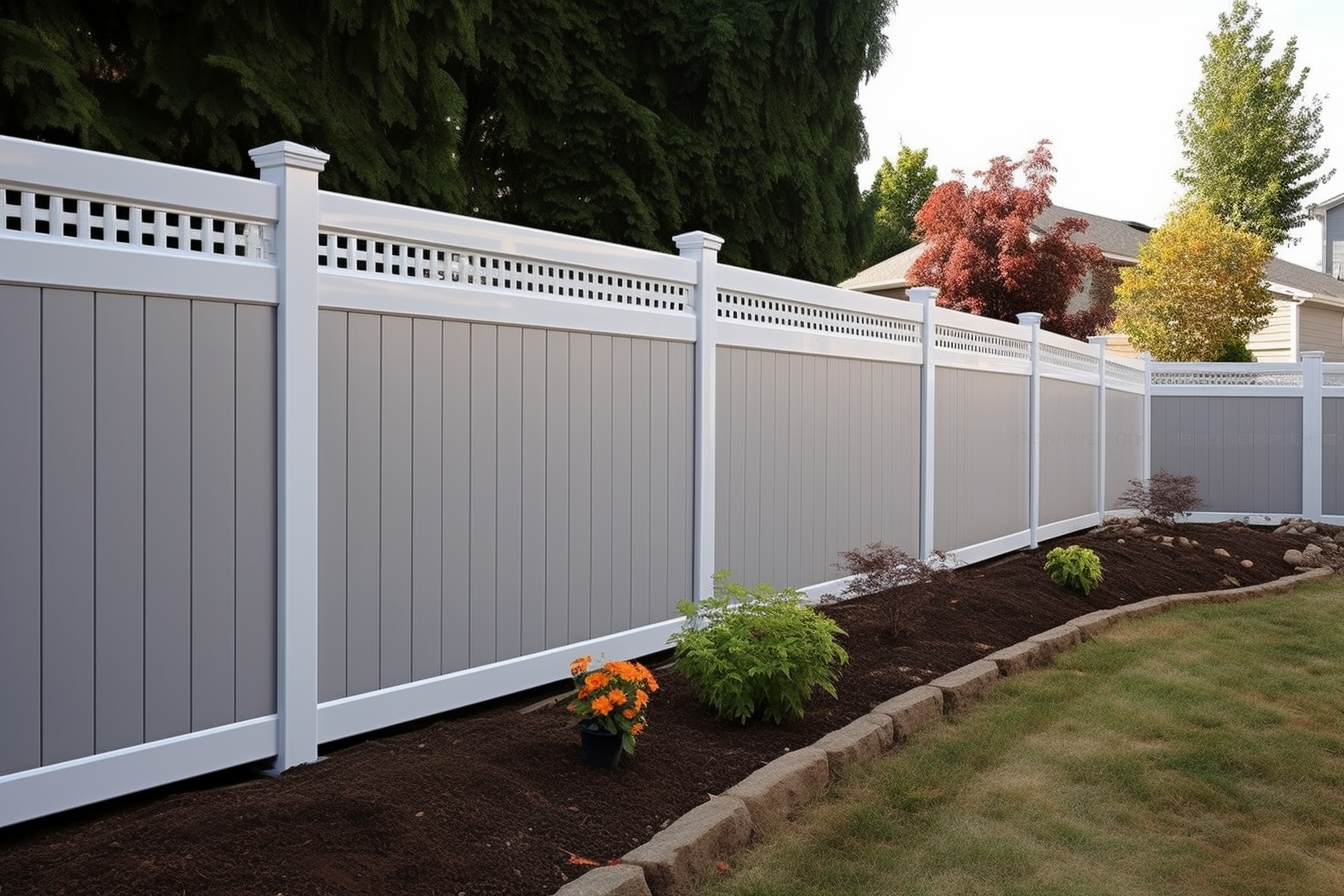Understanding Prefabricated Solar-Powered Senior Homes in 2025
Discover how modular solar-powered homes offer energy-efficient solutions combined with comfort and accessibility for seniors. This article explores the features, materials, and innovations behind these prefab homes, highlighting their potential for sustainable, low-maintenance living tailored to modern senior lifestyles.

Prefabricated and Solar-Powered Homes: An Overview
Prefabricated (or prefab) homes are built off-site in factory environments using modular construction techniques before being transported and assembled at the final location. These homes focus on quality control, faster delivery, and less waste compared to traditional on-site construction. When integrated with solar technology, these homes include solar panels and battery storage systems that reduce dependence on the electrical grid, potentially lowering energy consumption and promoting sustainability. Many designs prioritize accessibility, comfort, and safety specifically for seniors.
Features of Árbol’s Pōhutukawa Model
Árbol, a New Zealand company, offers luxury prefab homes like the Pōhutukawa—a bungalow designed with seniors in mind featuring energy-efficient systems and finishes:
- Insulation and Climate Control: The Pōhutukawa provides insulation approximately 40% above New Zealand’s building code minimum, combined with airtight construction to limit heat loss. It incorporates a mechanical ventilation heat recovery (MVHR) system, which filters fresh air and recycles a large portion of heat from exhaust air, supporting stable indoor temperatures and improved air quality.
- Energy-Efficient Windows and Doors: uPVC joinery with double or optional triple glazing enhances thermal performance and durability. These windows are UV-resistant and suited for New Zealand’s diverse climate.
- Floor Plans and Accessibility Features: Options range from compact 2-bedroom layouts (76m²) to 3-bedroom designs (up to 98m²), including spacious wardrobes, soft-close cabinets, wool carpeting, tiled showers with rainfall heads, heated towel rails, and accessible pathways to enhance mobility and day-to-day comfort.
- Sustainable Materials: The homes use reclaimed hardwoods, low-VOC paints, wool insulation, recycled uPVC windows, and durable ColorCote corrugated iron cladding to create long-lasting, low-maintenance spaces mindful of environmental impact.
- Solar Power and Off-Grid Features: Pōhutukawa homes may consume 40–63% less energy than typical new builds, supporting appropriately sized solar power systems. Off-grid options such as solar energy, greywater recycling, and eco-friendly incineration toilets may also be included to reduce utility dependency.
Benefits of Factory Production and Other Providers
Modular prefab homes like those from Árbol and Greenhaven Homes are predominantly constructed indoors (up to 75%), shielding them from weather delays and ensuring consistent build quality. This factory setting allows shorter production times; for example, Árbol aims to deliver homes within approximately 14 weeks, lessening construction disruptions.
Greenhaven Homes, based in Levin, New Zealand, provides architect-designed, transportable modular houses that blend robustness with energy efficiency. Their sustainable building practices accommodate New Zealand’s varying climate conditions.
Regulatory Changes Supporting Minor Dwellings in New Zealand
In 2025, rule modifications in New Zealand allow minor dwellings—often called “granny flats”—up to 70m² to be built without requiring building consent. This change facilitates adding prefabricated solar-powered bungalows on existing properties, potentially reducing costs and wait times. Such options appeal to seniors and their families seeking extra housing space.
Autonomous Solar Homes for Seniors: haus.me Models
For seniors interested in fully autonomous solar homes, haus.me offers options including:
- Off-Grid Solar Energy: Homes operate solely on solar power with integrated battery storage, independent from traditional electrical grids. Additional features include water generation from air and autonomous waste management.
- Durable Construction: Built with rust-proof composite chassis and tempered glass, these homes comply with seismic, fire, and hurricane standards suitable for varied environments.
- Smart Home Integration: Equipped with multiple intelligent systems for safety, comfort, and energy management. Homes arrive fully furnished and functional, often installed within a day.
- Variety of Sizes and Pricing: Models range from microhomes starting around NZ$35,000 to larger two-bedroom units priced up to NZ$299,000, catering to diverse needs.
Pricing Overview and Additional Costs
- Árbol Pōhutukawa Homes: Prices generally fall between NZ$440,000 and NZ$549,000 depending on size and features, excluding additional expenses estimated around NZ$50,000 for transport, foundations, consents, and site utilities.
- Haus.me Homes: Range from about NZ$35,000 for smaller models to NZ$299,000 for larger units. Additional site preparation and delivery costs should be planned for.
When budgeting, it’s important to consider site-specific expenses such as foundations, infrastructure, and legal permits.
Advantages for Seniors and Sustainable Living
- Comfort and Indoor Environment: Enhanced insulation, ventilation, and thermal regulation support stable, healthy indoor conditions.
- Energy Efficiency and Environmental Impact: Integration of solar technology and optimized design helps reduce energy consumption.
- Material Durability and Maintenance: Use of sustainable, low-maintenance materials suits seniors’ lifestyle needs.
- Construction Time and Convenience: Modular methods offer quicker assembly and less disturbance compared to traditional building.
- Customization and Flexibility: Multiple floor plan options and technological features, including off-grid capabilities, allow personalization to meet individual preferences.
Summary
Prefabricated solar-powered modular homes in 2025 combine environmental sustainability with senior-friendly design. Companies like Árbol and haus.me showcase modern prefab construction balancing comfort, energy efficiency, and smart features. Recent regulatory updates support easier additions to existing properties, offering seniors adaptable, eco-conscious housing choices. Whether selecting luxury, high-insulation prefab bungalows or fully autonomous off-grid solar residences, these options provide seniors with versatile and environmentally thoughtful living environments.
Sources
- Árbol Pōhutukawa Classic Prefab Home
- Greenhaven Homes News and Insightshaus.me Next-Generation Sustainable Homes
Disclaimer: All content, including text, graphics, images and information, contained on or available through this web site is for general information purposes only. The information and materials contained in these pages and the terms, conditions and descriptions that appear, are subject to change without notice.




